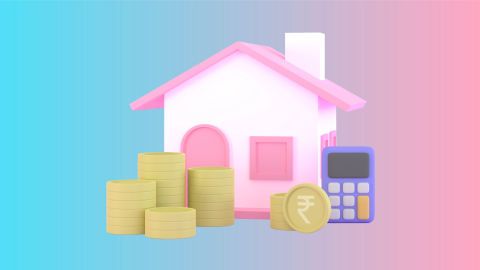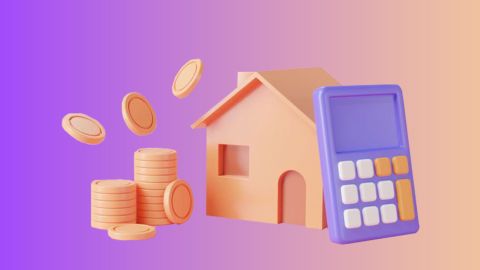The Indian government provides specific tax benefits to senior citizens (aged 60 years or above but below 80 years) in recognition of their contributions and needs. Understanding the income tax slab rates and available deductions can significantly affect tax planning and overall financial health. This guide details the income tax slabs for AY 2024-25 for senior citizens and highlights relevant tax saving investments and deductions.
Income tax slab for AY 2024-24 for senior citizens
The income tax slabs for senior citizens are structured to offer them greater benefits. Here’s a breakdown of the tax rates:
Old tax regime
- Income up to Rs. 3,00,000: No tax
- Income from 3,00,001 to Rs. 5,00,000: 5%
- Income from Rs. 5,00,001 to Rs. 10,00,000: 20%
- Income above Rs. 10,00,000: 30%
New tax regime
- Income up to Rs. 3,00,000: No tax
- Income from Rs. 3,00,001 to Rs. 6,00,000: 5%
- Income from Rs. 6,00,001 to Rs. 9,00,000: 10%
- Income from Rs. 9,00,001 to Rs. 12,00,000: 15%
- Income from Rs. 12,00,001 to Rs. 15,00,000: 20%
- Income above Rs. 15,00,000: 30%
Senior citizens can choose between the old and new tax regimes based on which offers better savings after considering applicable deductions.
Key deductions and exemptions for senior citizens
- Standard deductions: Senior citizens are eligible for a standard deduction of Rs. 50,000 on their income. This deduction is available to salaried individuals and pensioners, helping reduce their taxable income.
- Section 80C (Deductions on investments): Under Section 80C, senior citizens can claim deductions up to Rs. 1,50,000 for various investments, such as:
- Public Provident Fund (PPF)
- National Savings Certificate (NSC)
- Fixed deposits with a tenure of 5 years or more
- Life Insurance Premiums
- Section 80D (Medical insurance): Senior citizens can claim a deduction of up to Rs. 50,000 on premiums paid for medical insurance under Section 80D. If they pay premiums for their dependent senior citizen parents, an additional deduction of Rs. 50,000 is available, making the total possible deduction Rs. 1,00,000.
- Section 80TTB (Interest income): Interest earned on savings accounts, fixed deposits, or recurring deposits with banks, post offices, or cooperative banks is eligible for a deduction under Section 80TTB. The maximum limit for this deduction is Rs. 50,000.
- Home loan interest deduction: Senior citizens can claim deductions on home loan interest payments under Section 24(b). The maximum limit for a self-occupied property is Rs. 2,00,000. Additionally, if a senior citizen has taken a home loan for their first house, they can claim an additional deduction of Rs. 50,000 under Section 80EEA, provided the loan meets specific criteria.
Maximising tax savings for senior citizens
- Senior Citizens Savings Scheme (SCSS): The Senior Citizens Savings Scheme offers a high-interest rate and is a popular choice among senior citizens for its safety and reliable returns. Investments in SCSS qualify for deductions under Section 80C.
- Fixed Deposits (FDs): Many banks and financial institutions offer higher interest rates on fixed deposits for senior citizens. These FDs provide a secure investment option with periodic interest payouts, helping senior citizens manage their cash flow efficiently.
- Health insurance plans: Comprehensive health insurance plans tailored for senior citizens provide extensive coverage for medical expenses, including hospitalizations, critical illnesses, and more. These plans are essential for safeguarding against high medical costs in later years.
Understanding the income tax slabs and available deductions for senior citizens is crucial for effective tax planning. Senior citizens can significantly reduce their tax liability by leveraging various sections of the Income Tax Act, such as 80C, 80D, 80TTB, and 24(b). Additionally, investing in tax-saving instruments can further enhance their financial security.




